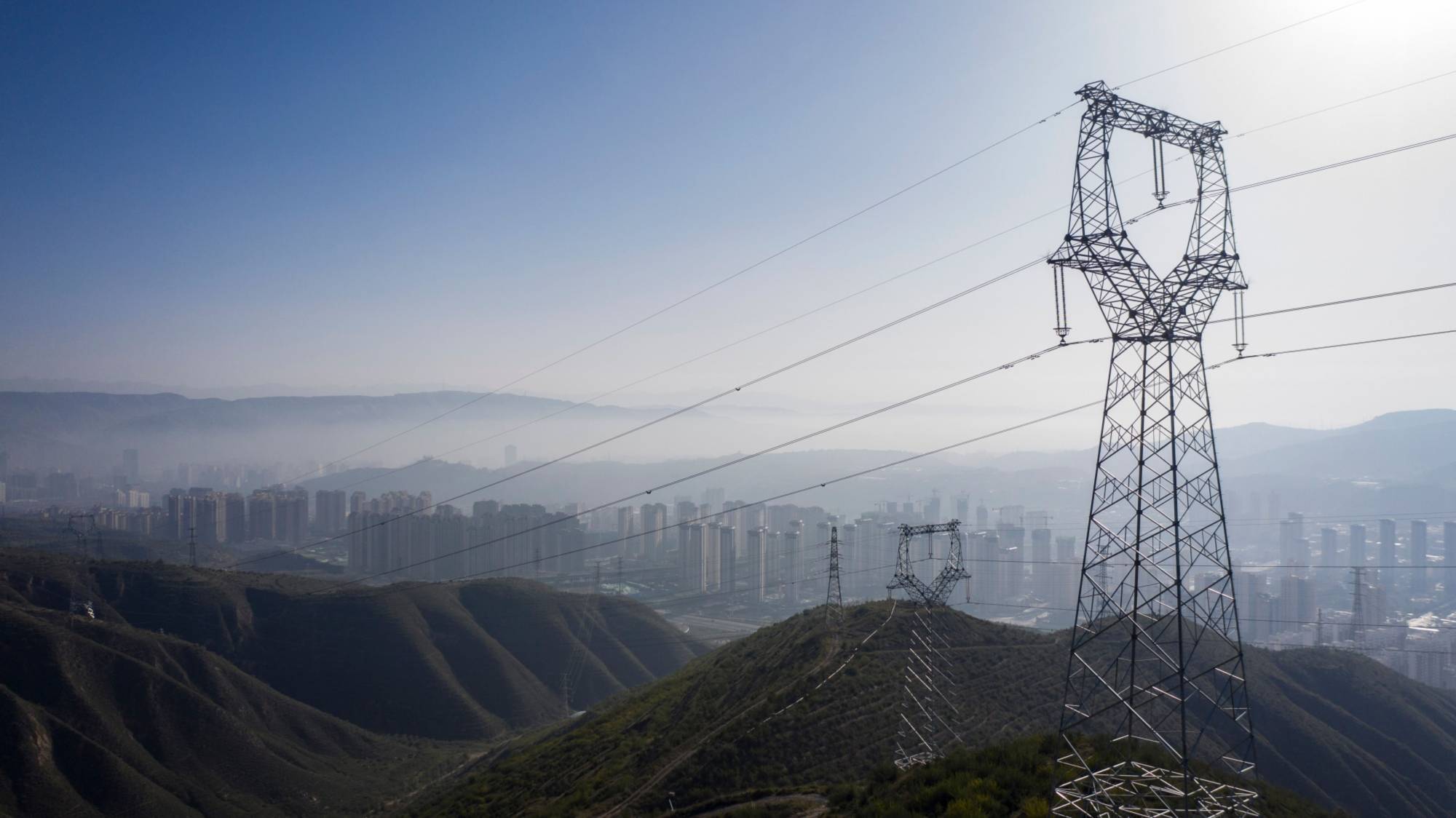To turn wind and sunlight into power, first you need land. Lots of land, ideally unpopulated, where you can install hundreds of wind turbines and thousands of solar panels.
Bringing all that green power to densely populated commercial centers requires something else: Thousands of kilometers of ultrahigh voltage (UVH) power lines, audibly buzzing with electricity.
China, the world's biggest greenhouse gas emitter, can’t meet its environmental goals without connecting its abundant sources of renewable energy with its coastal mega-cities. By 2030, it plans to have enough solar and wind capacity to generate 1,200 gigawatts — equivalent to all of the U.S.’s power needs. To hook that up to the grid, it's investing in a national network of power lines that by one estimate will take 30 years and cost $300 billion, compared with the recent 10-year, $65 billion allocation to grid infrastructure by the U.S. Congress.

















With your current subscription plan you can comment on stories. However, before writing your first comment, please create a display name in the Profile section of your subscriber account page.